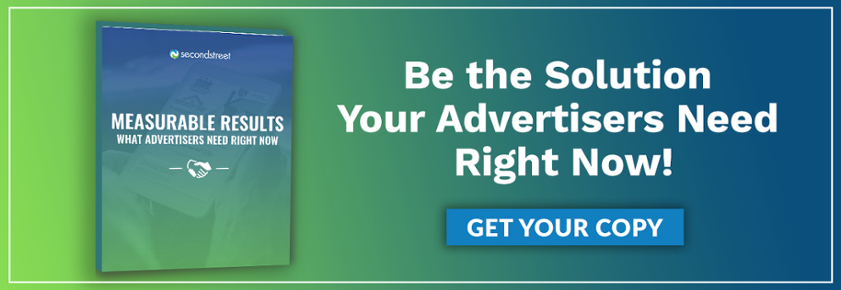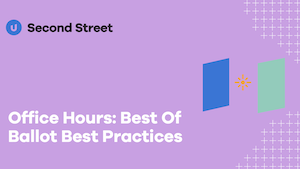Matt Coen: So, you’ve now started including promotions data in your Compass reports. Why did you start doing this?
Jim Brown: In 2007, local promotions spending exceeded local advertising spending for the first time, and the gap between the two has continued to widen ever since. Given this trend, we started tracking promotions – which includes sponsored and advertiser contests, webinars, events, sampling and more – in 2008. In 2013, we added this promotions data to our Compass tool in order to give our clients a better understanding of how much money is being spent on promotions by various business categories in their market.
The benefits of promotions is their power to activate customers. If you’ve ever heard the saying that “advertising is the thing that makes people want to buy something” you might also have heard that ”its promotions that make people want to buy today.” Whether it’s $2 off a carwash or $2,000 off a new car, the real incentive is savings, and the savings incentive is a powerful one.
Early in my career, I sold newspaper advertising to local businesses. I had a customer who owned several bowling alleys who used to place ads every week in the daily paper. The effectiveness of the ads were hard to track and he constantly complained about a lack of tangible results. Even after running a series of coupons, the results were mediocre at best. He became convinced that his customers were not newspaper readers. As fate would have it, his ad ran incorrectly one week with an offer that was 10 times greater than intended. It was something like two dollars for two people for two games. Two days after the ad ran I stopped by one of his locations. The place was packed, and the owner showed me a shoebox full of coupons.
The lesson here was simple – make your offer a strong one and people will act on it immediately. I think it is important that media companies pay attention to the full spectrum of advertising and promotional choices available to local businesses today and take advantage of Compass data learn how they can play a leading part.
MC: Tell me the kind of data that you’d find in a Compass report. How would a local media company use this data?
JB: Compass got its name because it “points to the money.” It’s more than a simple report. Compass is a tool that enables media companies, advertising agencies, and advertisers to measure advertising and promotions spending for any of 100 business categories. Compass has spending data from 2008 and projects as far out as 2017. This spending data is available down to the county level for every market in the US and is measured by 12 different media types. Online is broken out even further, to the formats of email, online video, online audio, targeted display, run-of-site display and paid search.
The uses of Compass are endless, but most are either strategic or tactical. Strategically, media companies need to measure their market shares as broadly as possible and identify the top categories that are most lucrative to pursue – especially when selling online. Tactically, Compass is a terrific tool for getting in the door with new business prospects and accelerating the dialogue around their advertising budget and how their promotional dollars can best be spent.
MC: Tell me about some of the interesting trends that this data shows.
JB: In all but a handful of markets, online advertising is now the largest category of local advertising spending. Though some business categories are expected to grow over the next few years, many are simply increasing their online advertising and promotional spending at the expense of other media. SMBs aren’t, for the most part, coming up with new money to spend on advertising. Instead, they’re just shifting spending on one media to another.
Also, we recently added mobile data – a subset of online advertising – to our mix, and we found that it is being rapidly adopted by both advertisers and consumers. We’re seeing 105% growth in 2013 from mobile advertising over last year. By 2017, we project that it will grow by a staggering 540% as mobile becomes the primary way consumers access the internet.
MC: How can a local media company get their own compass report?
JB: Check out the compass at adspending.com and take it for a test drive. Or contact me for a one on one session. We can review your individual market and I can show you just how much money you’re likely missing!






